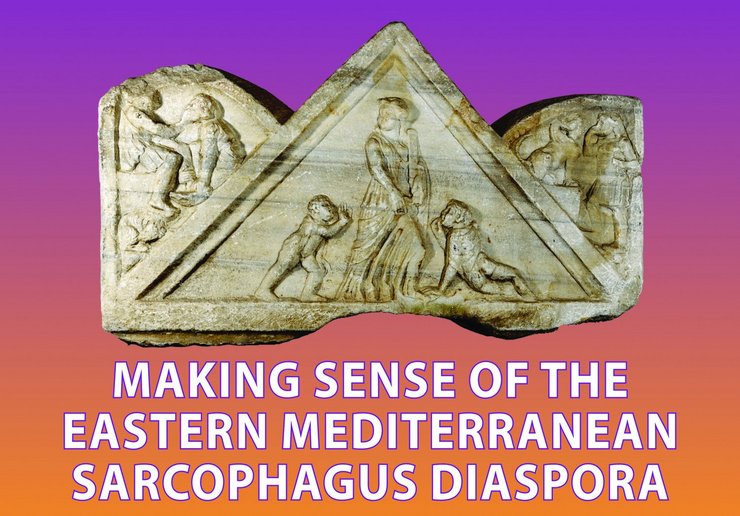Making Sense of the Eastern Mediterranean Sarcophagus Diaspora
The sarcophagi produced in the myriad workshops of the eastern Mediterranean evince a lively economy for which over 10,000 coffins were manufactured during the Roman period, mostly between 100–275 CE. While 95% of these remain in their country of discovery, the remainder has been widely dispersed into collections from as nearby as Jerusalem and Istanbul, and as far as Los Angeles, California. Recontextualizing these mostly fragmentary sarcophagi within their local corpora transforms them from often forgotten and misunderstood objects in museum and storeroom settings into valuable, relevant components of their ancient funerary landscapes, reflections of patron choices and agency. Outstanding examples come from Side, Antioch on the Orontes, and Tyre, among other cities in the East. A substantive examination of each sarcophagus and site corpus lies well beyond the scope of this presentation, however, by raising awareness of the sarcophagus diaspora, more examples may come to light. This research addresses, in part, Berlin’s Antikensammlung, and is part of a larger project on Roman sarcophagi in their eastern Mediterranean contexts.

